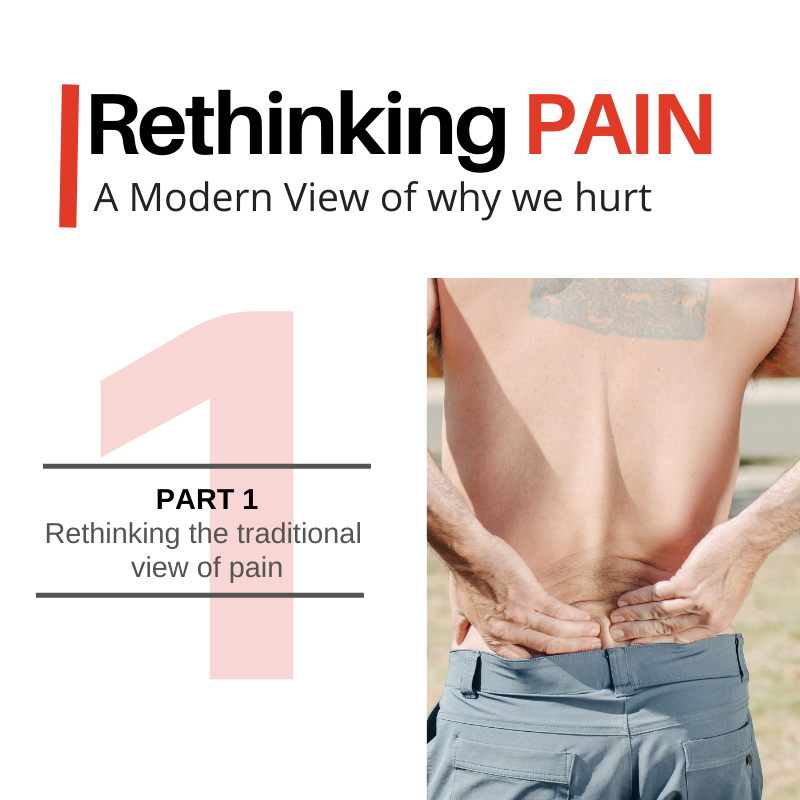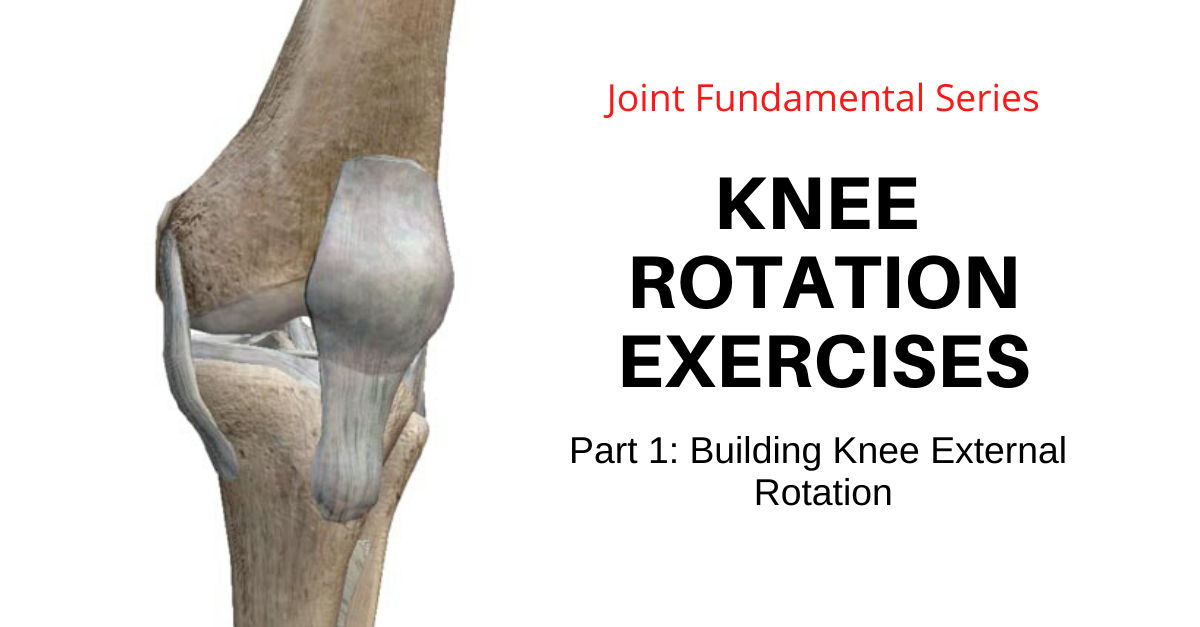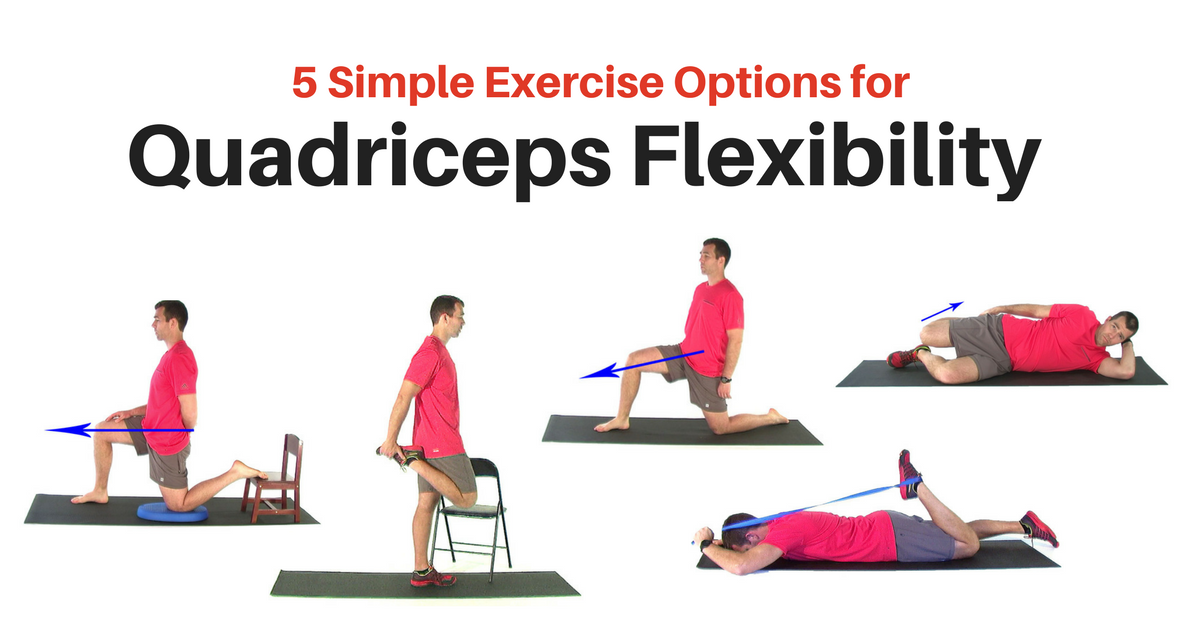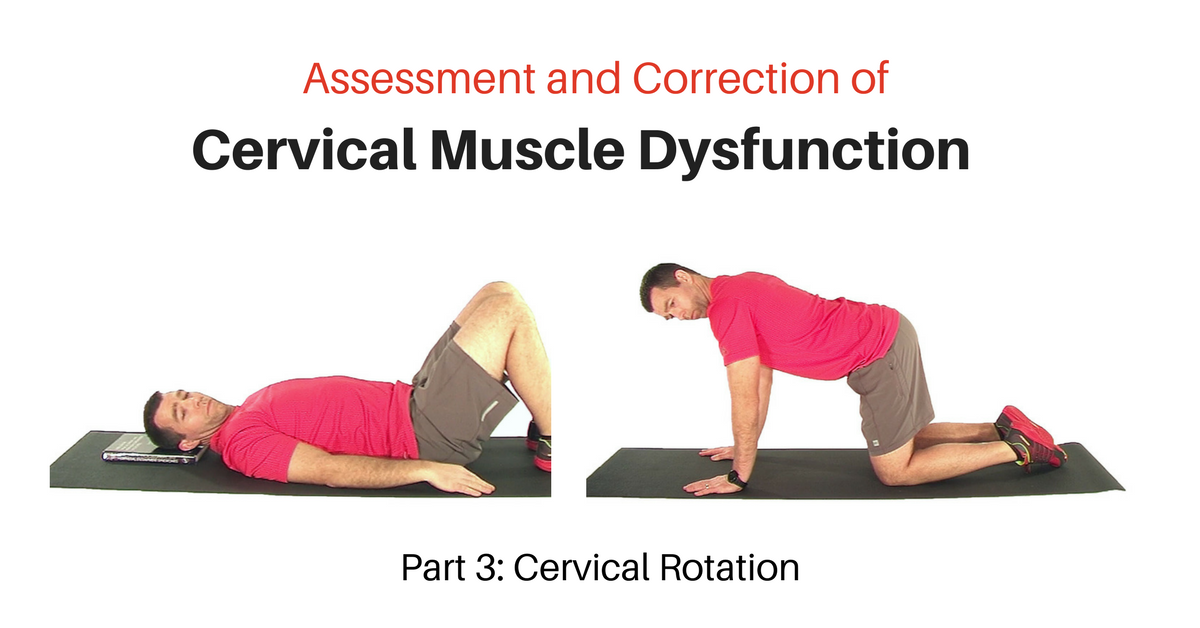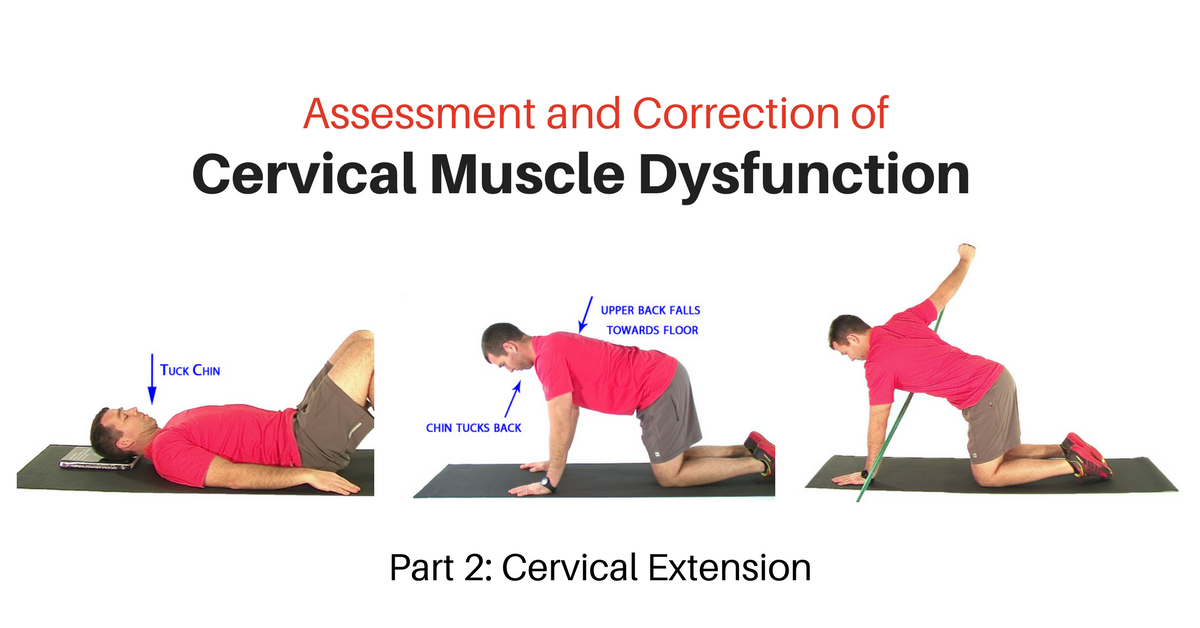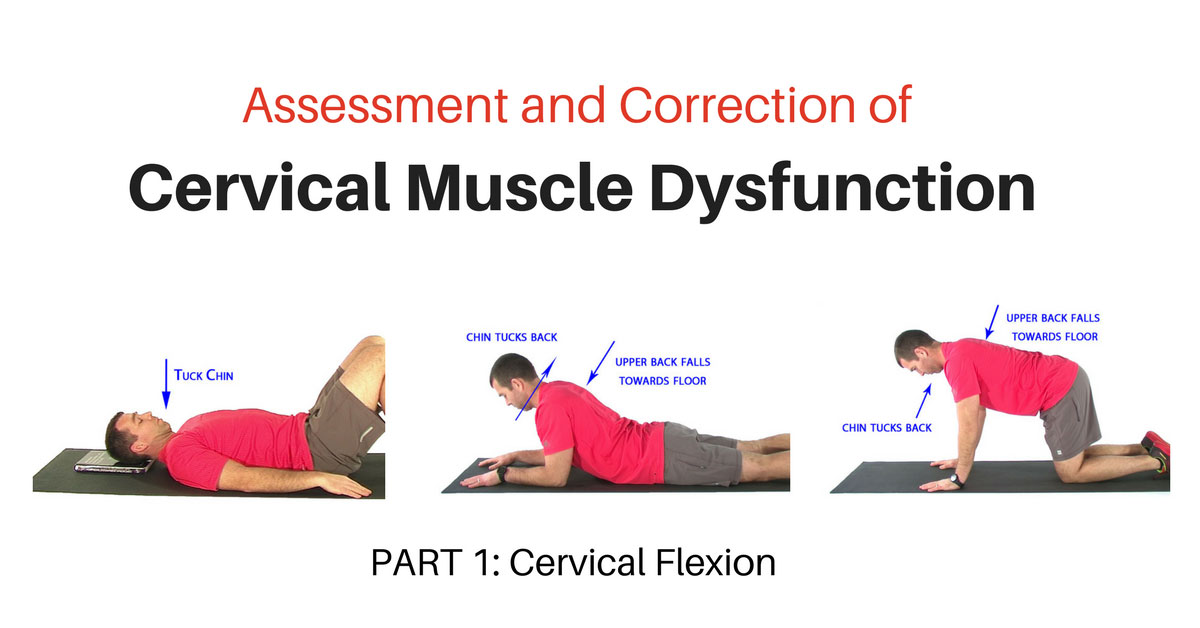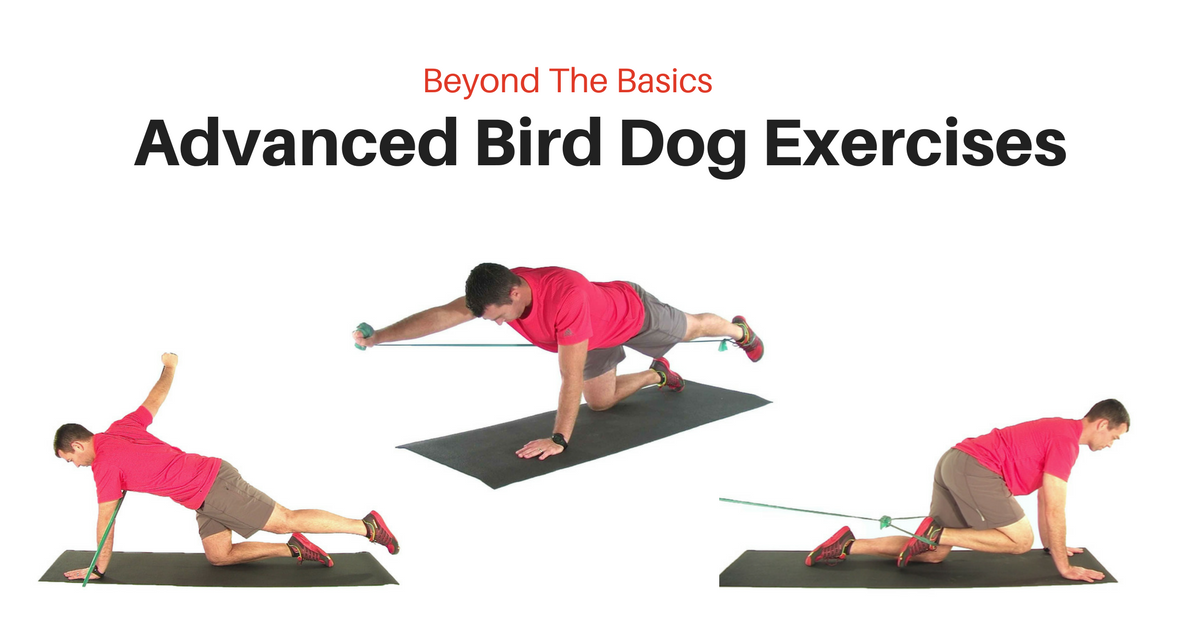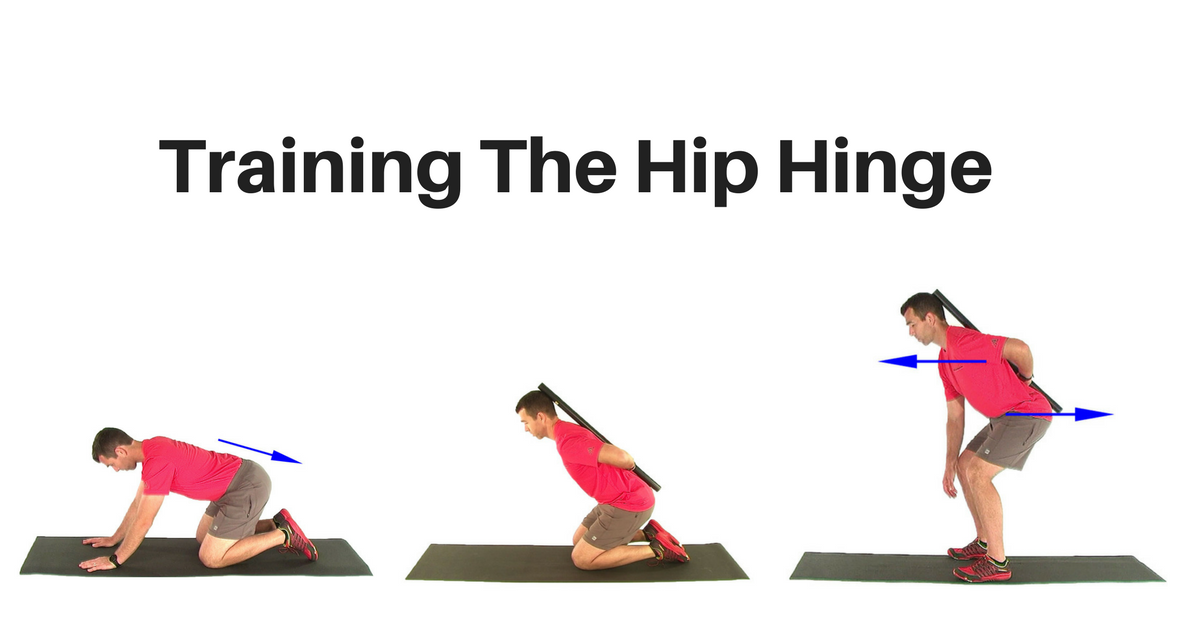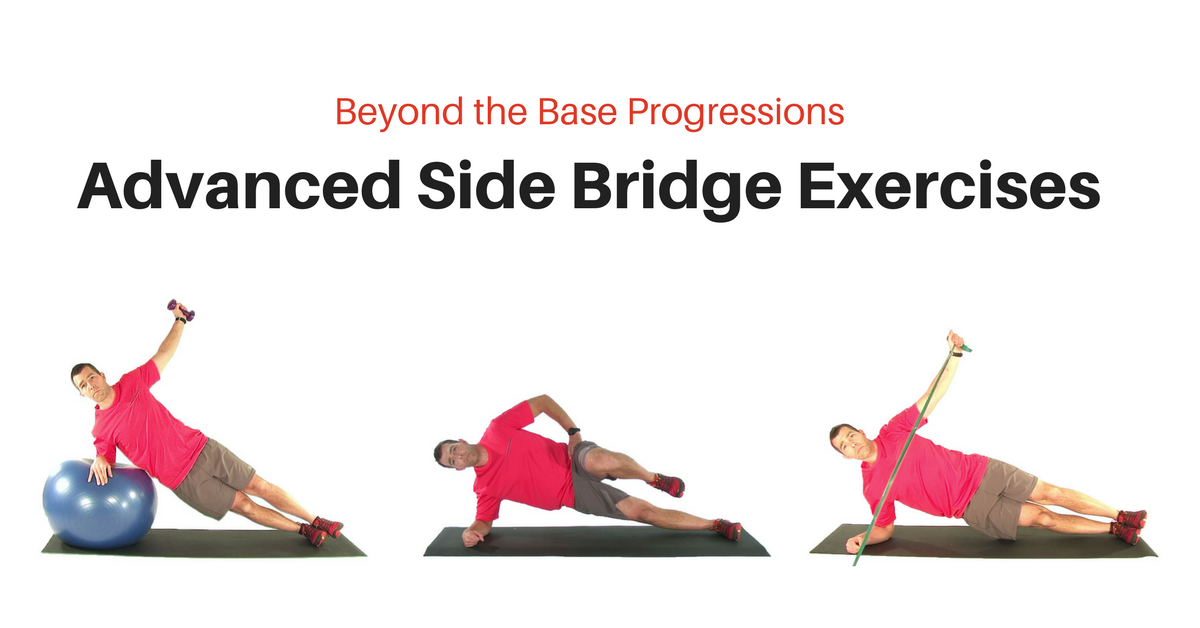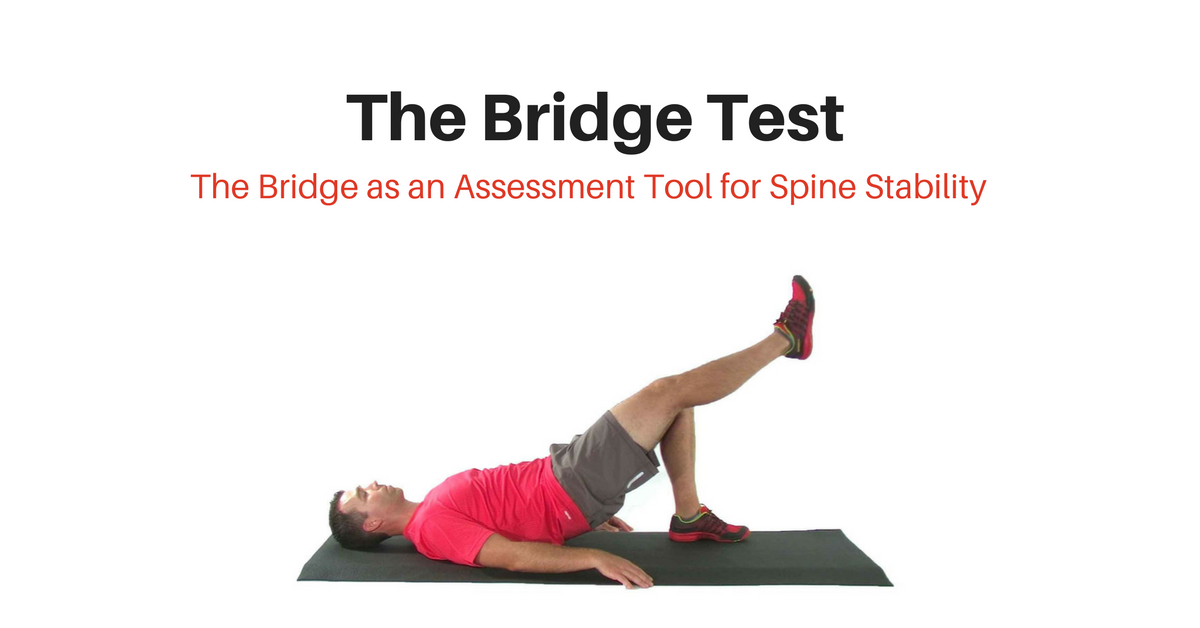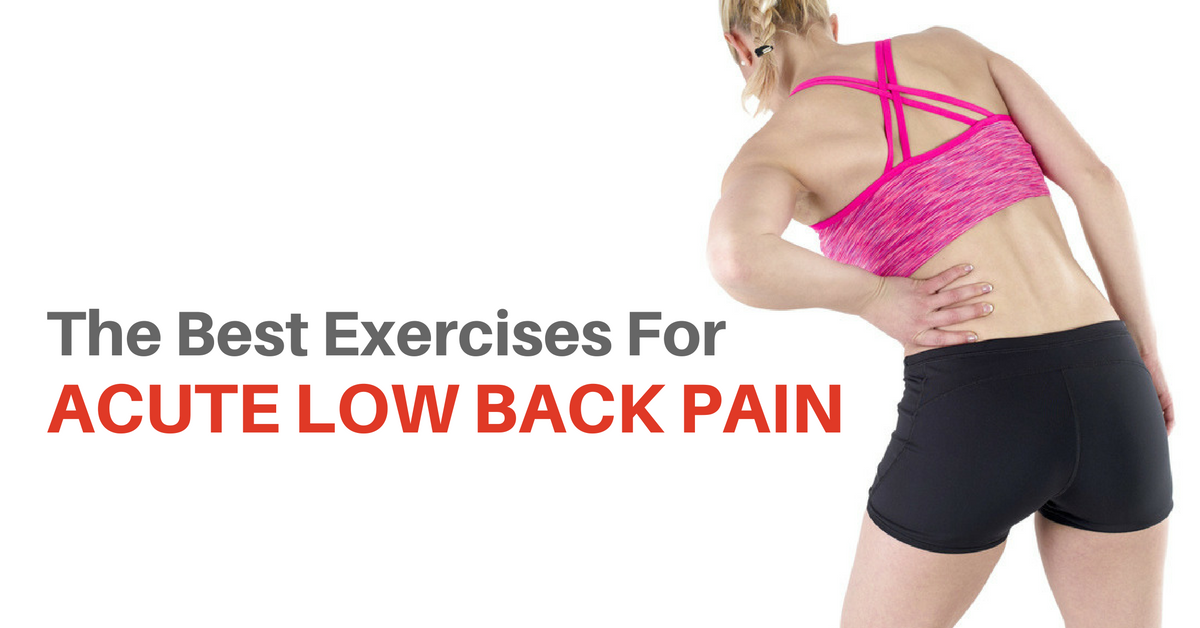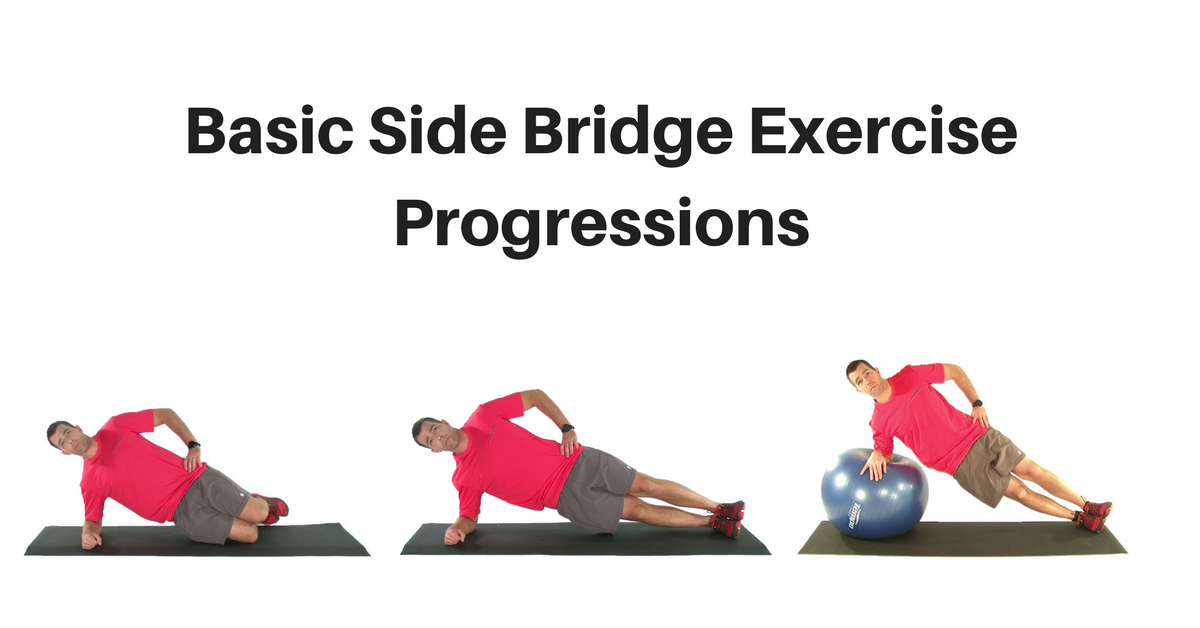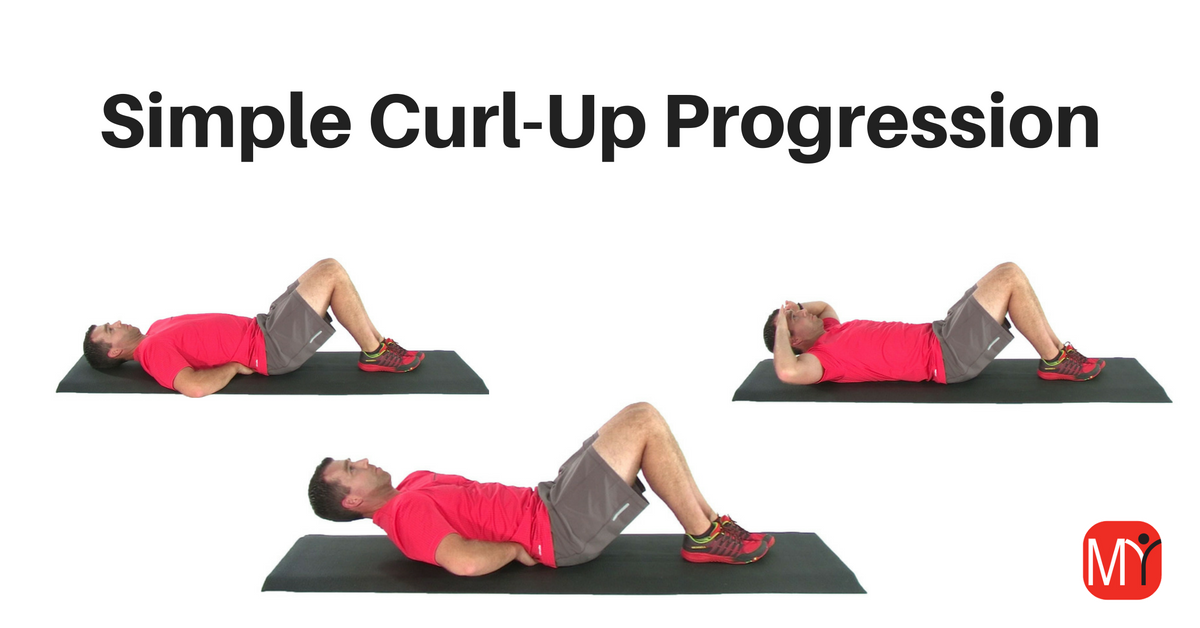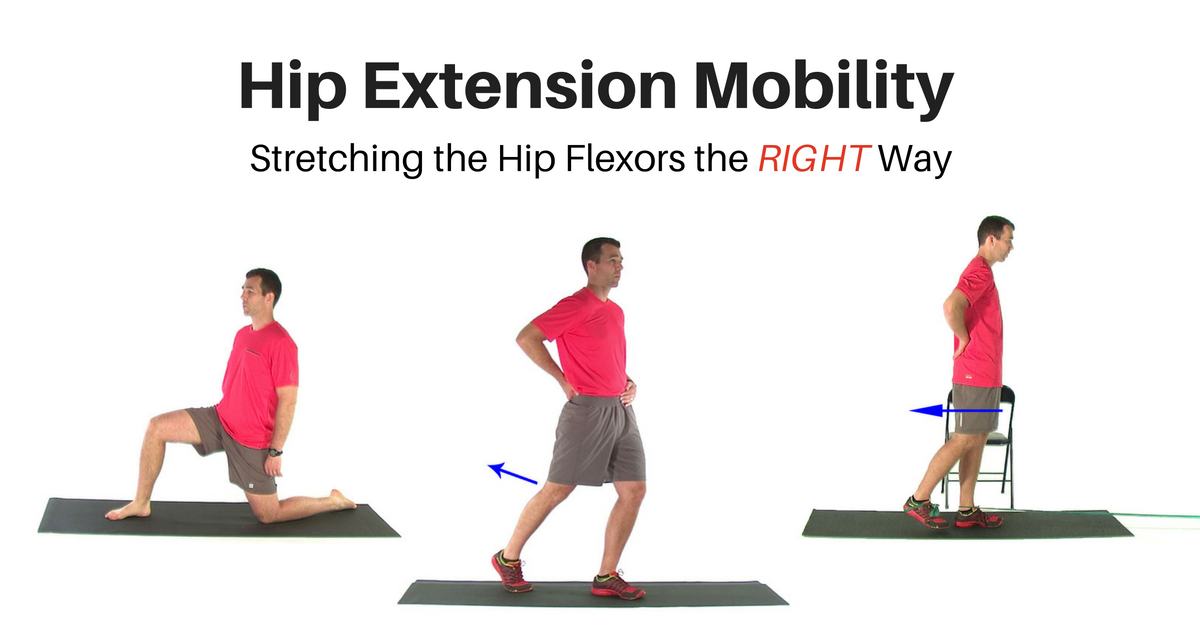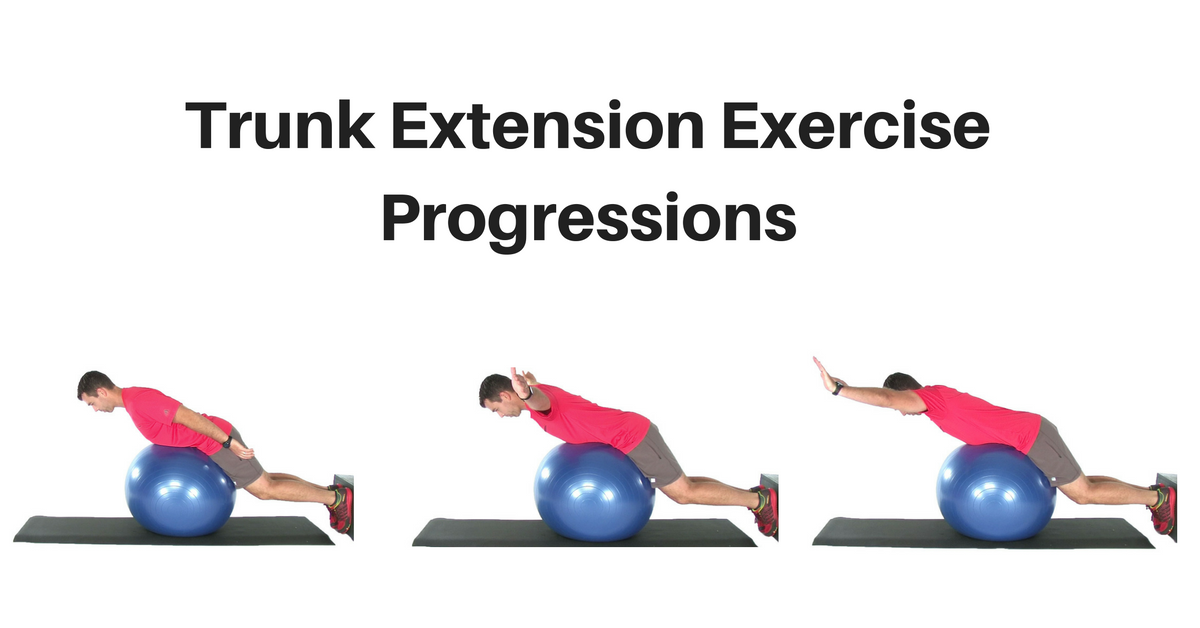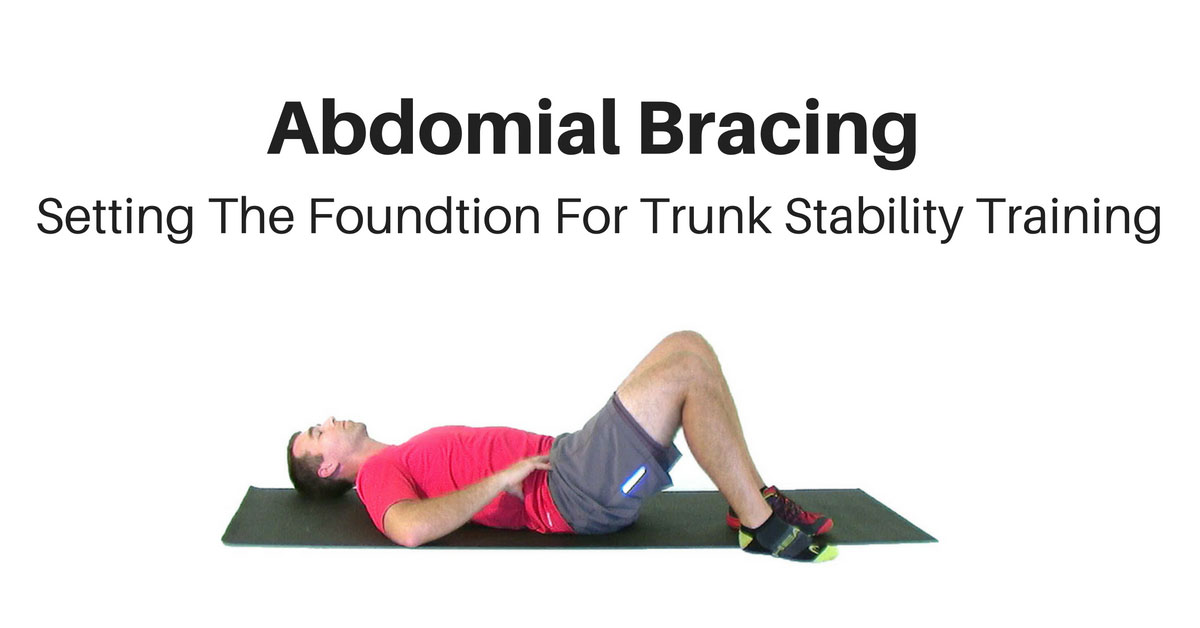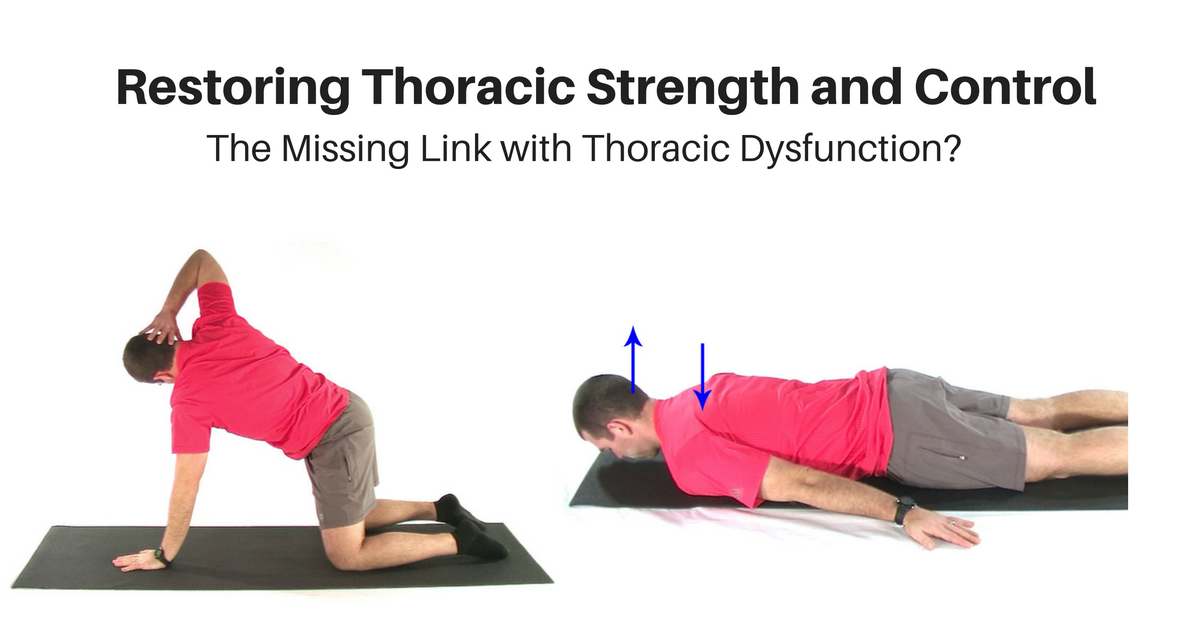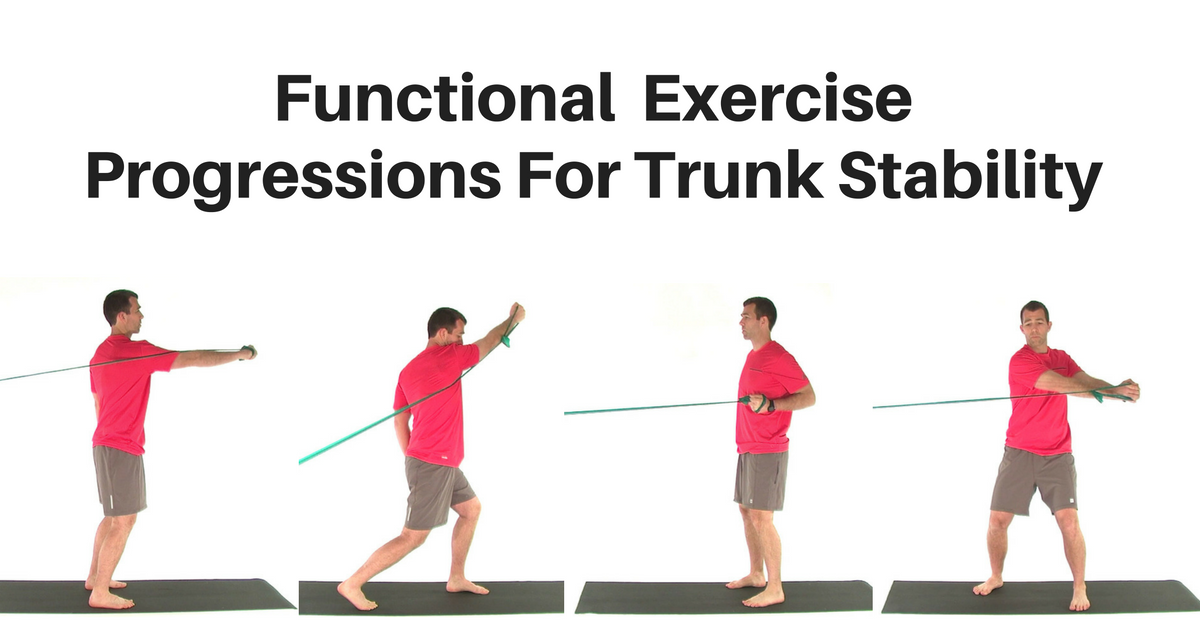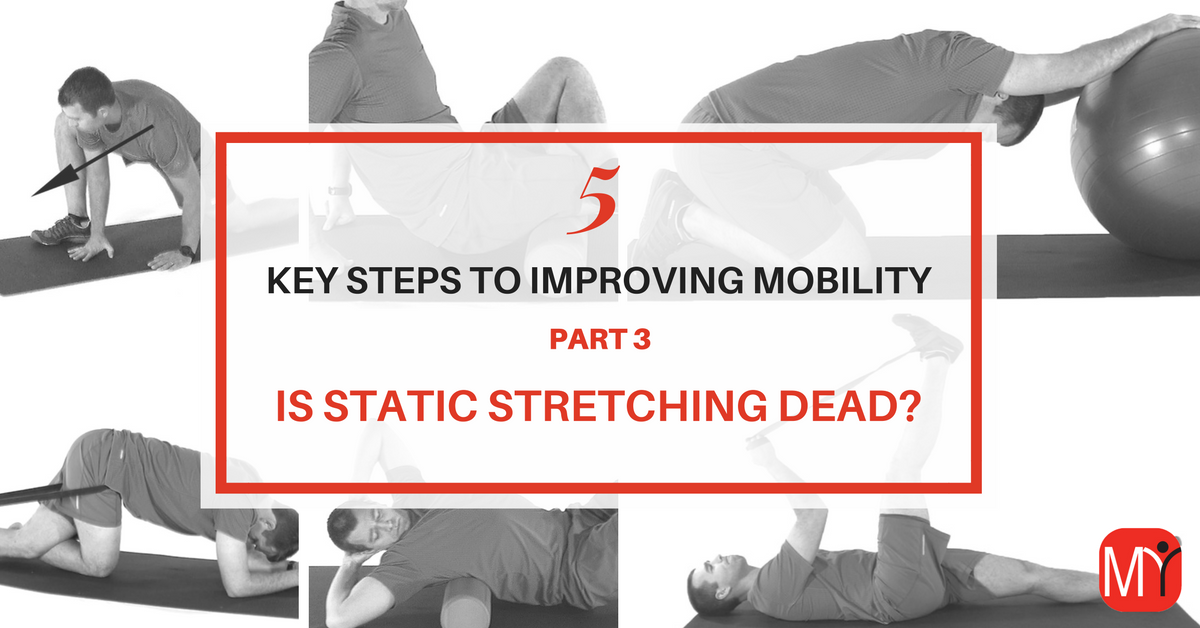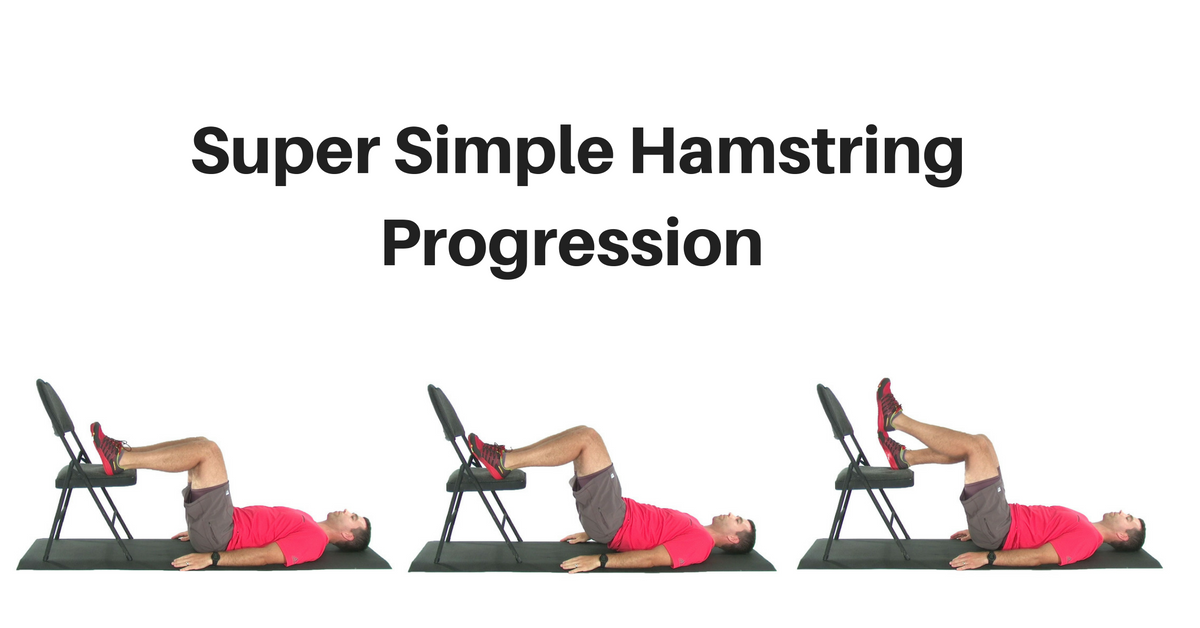Our Blog
My Rehab Connection
PAIN: A Modern View On Why We Hurt
Part 1: Re-thinking The Traditional View of Pain At first glance pain seems like a straightforward process. You stub your toe or break a bone and it hurts. This is how most people understand pain. It’s consistent with the patho-anatomical view that holds tissue damage...
Knee Rotation Exercises – Part 2: Knee Internal Rotation
In my last article we started talking about the importance of knee rotation, which is an absolutely critical yet often neglected fundamental motion. There we covered why knee rotation is so important, and reviewed assessment strategies to go through with your patients...
Knee Rotation Exercises
When we think about the knee we conceptualize it as a hinge allowing large ranges of flexion and extension. But the knee does not behave like a conventional hinge you would find in a door. The knee is actually classified as a modified hinge, and this hinge...
I Hurt But Didn’t Do Anything?
Unfortunately, pain and injury are an inevitable fact of life. In some cases this pain occurs following a traumatic event such as rolling over on an ankle or falling on an outstretched arm. Of course we aren’t happy about these injuries, but at least they make...
Adductor Stretches
Hip adductor stretches and mobility exercises are a major component of hip and lower back rehab and flexibility programs. Here are a few great options to help target this critical (and very commonly tight) muscle group. Adductor Roller Release Self myofascial...
5 Simple Quad Stretches
Tight quadriceps are a common finding with knee pain, as well as lower back and pelvic pain. In this brief article I outline five simple exercises that can help improve mobility and flexibility of the quads. Note: If you are a My Rehab Connection subscriber, these...
Trunk Rotation Exercise Progression
Training trunk stability and control is a critical goal with low back pain treatment. Traditional exercises like curl-ups, bird-dogs, and side bridges are a great starting point. But developing strength and control of trunk rotation is also an important (but often...
Cervical Rotation Exercise Progressions
Muscle imbalances are a common cause of neck pain. As such, clinicians need simple and effective tests to assess movement and muscle balance in the cervical spine. And they need to know what to do when dysfunction in uncovered. That has been the topic of this three...
Exercise Progressions for the Cervical Extensors
Muscle imbalances are a common cause of neck pain and dysfunction. As such, clinicians must be able to assess and correct these imbalances. That's the topic of the this three part article series. My objective is to discuss assessment and corrective exercise...
Deep Neck Flexor Exercises
Abnormal posture and muscle imbalances are widely regarded as primary sources of neck pain. This three part series will discuss assessment and corrective exercise recommendations for some of the most common muscle imbalances and movement faults affecting the cervical...
Advanced Bird Dog Exercises
The classic Bird Dog exercises are invaluable in the early stages of back pain rehabilitation. But there's a problem. Many of these classic exercises are not challenging enough to be useful in the later stages of treatment. The basics are simply too basic. One...
Training the Hip Hinge
Excessive lumbar flexion is widely recognized as a common mechanism of lower back injury. As such, minimizing spine flexion in an attempt to reduce tissue stress is a primary objective in the treatment of many back pain patients. And this needs to be done as early as...
Advanced Side Bridge Exercises
The Side Bridge is a fundamental exercise for trunk protection and stability. In a previous article I discussed the basic Side Bridge exercise progressions. This progression contained a series of base exercises that are most appropriate in the earlier stages of spine...
The Bridge Test For LPH Dysfunction
The Bridge is a great exercise for the glutes, as well as the spinal stabilizers. But it can also serve as a simple (but very effective) assessment tool for lumbo-pelvic-hip (LPH) stability. In this article I'll discuss how to use the Bridge as a test for LPH...
The Best Exercises For Acute Low Back Pain
Follow My Rehab Connection on Instagram @MyRehabConnect Acute low back pain is a common presentation in health care clinics. Fortunately, the majority of cases respond well to conservative care. But appropriate early intervention is important to increase the chances...
Side Bridge Progressions
The Side Bridge exercise is one of the most important exercises for lower back rehab. It is part of what Professor McGill, a world authority on spine biomechanics from the University of Waterloo, refers to as the "big three". A set of three exercises he recommends in...
Curl Up Progressions
The curl up exercise is another staple of lower back rehab. It is part of what Professor McGill, a world authority on spine biomechanics from the University of Waterloo, refers to as the "big three" - a set of three exercises he recommends in the early stages of low...
Correcting Hip Extension Mobility
Hip joint extension is an absolute pre-requisite for safe and efficient movement. This is not negotiable. We need it to achieve proper upright posture, and to walk, run, and climb stairs. But when the hip flexors are tight it restricts the hip and creates...
Simple Bridge Exercise Progressions
The Bridge exercise is a classic staple in back pain treatment and rehabilitation. There is a good reason for this. It is simple, effective, and can be easily modified to meet the needs of virtually any patient. And it targets one of the most common issues we see...
Trunk Extension Exercise Progressions
It is well established that repetitive and sustained flexed postures will damage the spine. Given the preponderance of sitting (trunk flexion) and forward bending (even more trunk flexion) it is critical that we develop the capacity to control these flexed postures....
Dead Bug Exercise Progression
The Dead Bug is one of my absolute favorite go-to exercises to improve low back stability. Not only is it effective, but it is also completely scaleable. In other words, it can be made extremely simple for those patients who are severely deconditioned. But can also...
Abdominal Bracing
Lumbar stability is a critical goal when treating low back pain. And if our objective is to stabilize the spine during real life activities it is paramount that we train this stability within our rehabilitation programs. If we want to get this right the first thing...
Thoracic Extension Strength and Control
Discussions around the thoracic spine seem to revolve around mobility. But what about thoracic strength? With regions like the shoulder, hip, and lower back strength is considered an integral part of restoring proper function. Yet thoracic strength and control seem...
Pec Mobility Sequence
Tight pec muscles will cause a protracted scapular position, upper thoracic dysfunction, and makes normal shoulder mechanics impossible. That's why pec mobility is a basic requirement for safe and effective movement. And with the preponderance of sitting occupations...
Trunk Stability Exercise Progressions
Therapeutic interventions aimed at improving trunk stability have become one of the most important staples in the treatment of lower back pain. But traditional exercises like curl-ups, planks, or bridges are not enough. We must also teach our patients more functional...
Improving Mobility Part 3: Is Static Stretching Dead?
Static stretching has gotten a bad wrap in recent years. But I think much of this condemnation is unfair. The issue is not whether static stretching is effective. The issue is what does static stretching do? And not do? Let's start with an established fact. Static...
Super Simple Hamstring Exercise Progression
The hamstrings are a true work horse. They play a critical role in controlling lumbo-pelvic-hip posture with lifting and forward flexed postures. And they're a major stabilizer of rotational and shear forces at the knee. Unfortunately it seems like hamstring...

